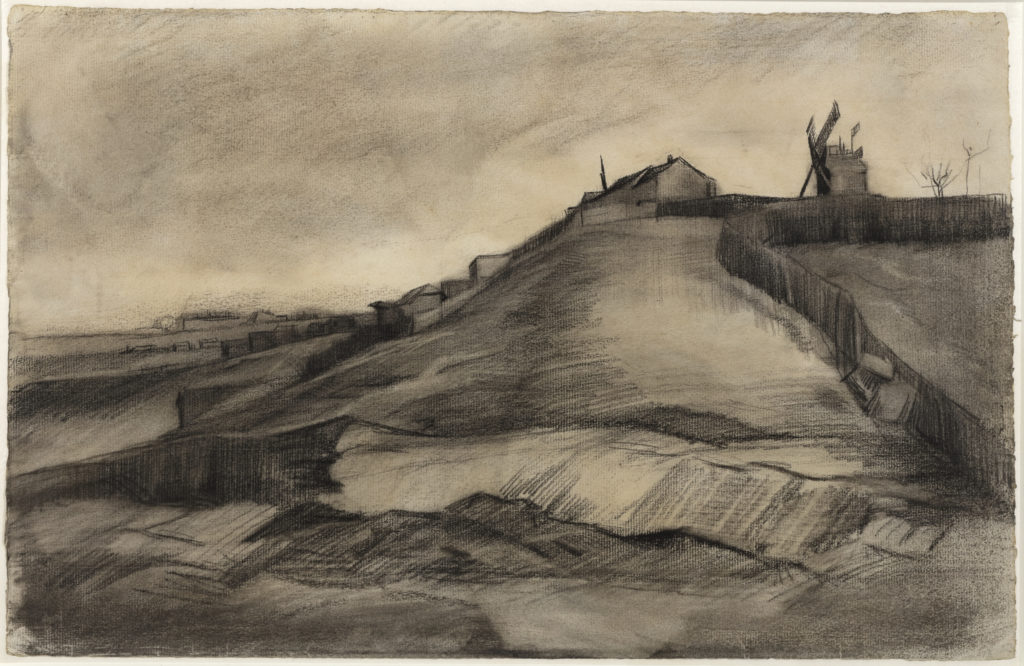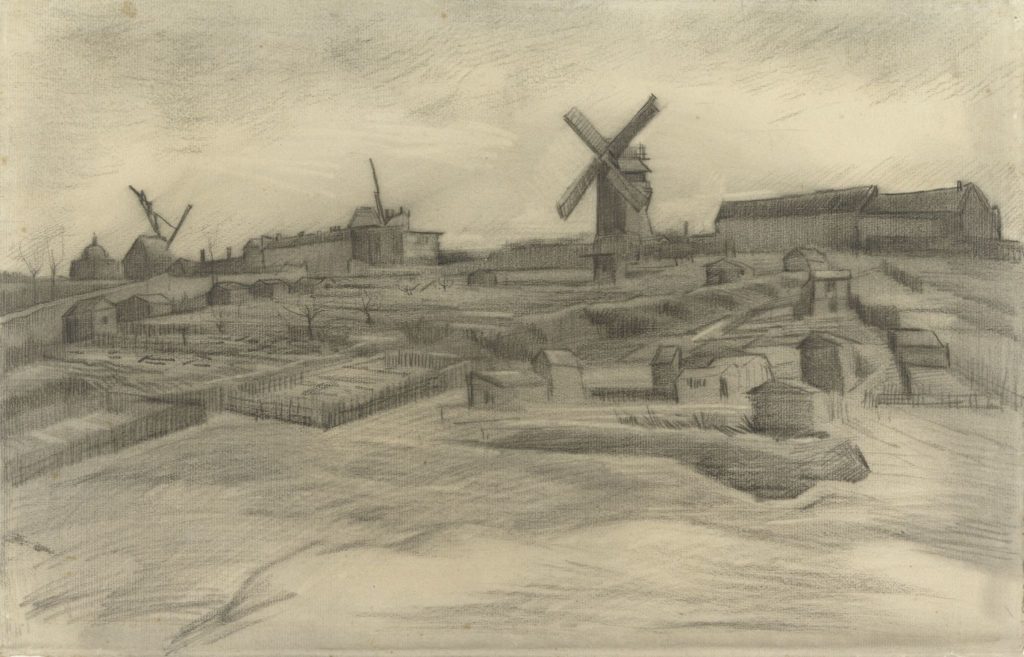Art World
A Newly Discovered Van Gogh Drawing Resolves One of the Artist’s Lingering Mysteries
Researchers at Amsterdam's Van Gogh Museum made the sensational discovery.

Researchers at Amsterdam's Van Gogh Museum made the sensational discovery.

Henri Neuendorf

Vincent van Gogh’s oeuvre just got a little bigger. A previously unknown drawing has been attributed to the Dutch master by researchers at the Van Gogh Museum in Amsterdam. In a double-Dutch twist, the discovery has led to the authentification of second Van Gogh drawing.
The newly discovered drawing, titled The Hill of Montmartre with Stone Quarry (1886), has been in the privately owned Van Vlissingen collection for more than 100 years, passed down through generations. By reconstructing its provenance, researchers discovered that the drawing was consigned to the Dutch art dealer J.H. de Bois in 1911 by Johanna van Gogh-Bonger, the widow of Van Gogh’s brother Theo. Six years later, in 1917, de Bois sold it and it disappeared from view.

Vincent van Gogh’s The Hill of Montmartre with Stone Quarry (1886). Photo courtesy of the Van Vlissingen Art Foundation.
Speaking to artnet News, Teio Meedendorp, a senior researcher at the Van Gogh Museum, said that the drawing resurfaced when an art advisor working with the family saw it. Suspecting the drawing could be by the Dutch artist, the advisor arranged for it to be sent to the Van Gogh Museum for research.
Meedendorp and his team examined the artwork and determined that the subject, size, style, technique, and materials were consistent with Van Gogh’s hand. “The paper is the same type, size, and has the same watermark that Van Gogh used in his early drawings in Paris,” Meedendorp said. “This led us to believe that [the drawing] is really by Van Gogh.”
The attribution led the Van Gogh Museum to revisit the provenance of a similar drawing, The Hill of Montmartre (1886), already in its collection. The drawing had appeared in two catalogues raisonnés in the ’70s, but the museum rejected the work as being by Van Gogh’s hand in 2001, partly because of a lack of comparable material. That decision has now been reversed. “It is fantastic news that two drawings can now be definitively be added to Van Gogh’s oeuvre,” museum director Axel Rüger said in a statement.

Vincent van Gogh’s The Hill of Montmartre (1886). Photo courtesy of Van Gogh Museum Amsterdam (Vincent van Gogh Foundation).
Stylistically, the drawings are reminiscent of the period the artist spent in Antwerp, studying under the French artist Fernand Cormon in Paris early in his career. “These drawings are quite exceptional because they show a more academic, more traditional side of his oeuvre that he pursued when he first moved to Paris and was still developing his own voice,” Meedendorp said.
Both drawings will go on view at the exhibition “Impressionism and Beyond. A Wonderful Journey,” which opened on Tuesday at the Singer Laren Museum in Laren, Netherlands.